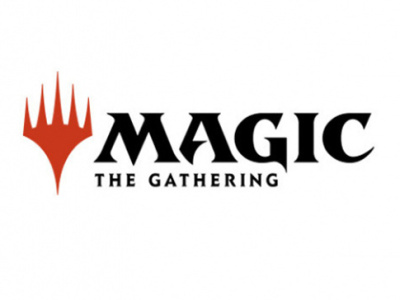Funko, Inc. showed a loss on lower sales in Q3 2023, as it continued to reduce inventory and its SKU count, according to the financial info released after the close on Thursday. While the numbers weren’t good on any absolute scale, they were better than Funko’s expectations, and a significant improvement on the massive losses in the first half of the year.
Sales were $312.9 million, down 14.4% from $365.6 million in the year ago quarter. Sales in the U.S. were down 20.4%, the company reported.
The company lost $15.0 million in the quarter, vs. a $9.6 million loss in Q3 2022. But that’s a great quarter compared to either the $73.0 million loss in Q2 and $61.1 million loss in Q1 (see "Funko Plans 30% Reduction in Products").
The company announced a plan to reduce its SKU count by 30% as it released its mid-year report, and executed on that plan through Q3. "We made progress on our plan to focus on Funko’s core products and reduce the number of product lines and complexity in our business," Interim CEO Michael Lunsford said of Q3.
Inventory is down about a third since the end of the year, although a portion of the Q3 reduction in inventory was due to inventory writedowns, CFO/COO Steve Nave said in the conference call.
Despite the reduction in inventory, the company’s $143 million loss in the first nine months of the year is putting some pressure on the balance sheet. Funko has $71 million more drawn on its line of credit than was the case a year ago. That, in turn, shows up on the operating statement in the form of rapidly increasing interest costs, which rose to $7.6 million in Q3 2023, from $3.0 million in Q3 2022.
Mass retailers aren’t showing a lot of confidence in Funko products, with inventories held by retailers continuing to go down. "Our sell-in continues to be lower than our sell-in," Deputy CFO Yves LePendeven said in response to a question on the conference call.
With less space on retailer shelves, Funko continues to increase its emphasis on direct-to-consumer sales. DTC sales were up 32% year-over-year in Q3, and now account for 17% of sales, Lunsford said.

As Company Cuts Inventory, SKU Count
Posted by Milton Griepp on November 3, 2023 @ 3:38 am CT
MORE COMICS
Italian Original Raised Over $36,000 on Indiegogo
August 20, 2025
The Italian crowdfunding campaign for the first edition raised over $36,000 from 953 backers on Indiegogo.
From Image Comics
August 20, 2025
Check out the preview for Creepshow Vol. 4 #1, coming in September from Image Comics.
MORE NEWS
Constructed Formats are in a Lull, Time to Brew Up Better In-Store Events
August 20, 2025
Constructed formats are losing their luster, time to try a Halloween Cube.
Expands on First Core Bestiary Rulebook; Adds Eight New Dragons
August 20, 2025
Paizo, Inc. will release Pathfinder Monster Core 2 , for Pathfinder 2E RPG , into retail.








